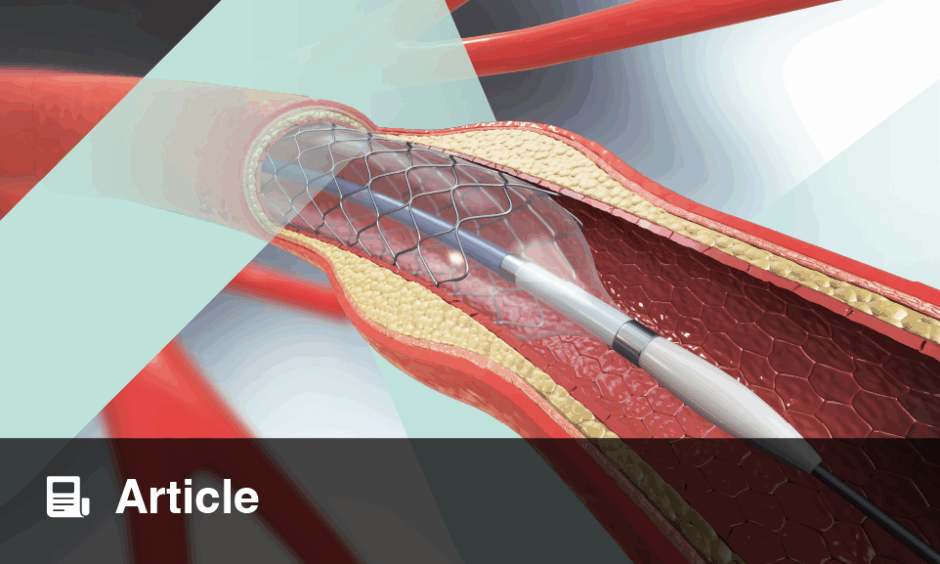TREATMENT of abdominal aortic aneurysms (AAA) could be enhanced following the development of a mathematical model that can help prevent movement of the stent-grafts in endovascular aneurysm sealing (EVAS). It is hoped that the three-dimensional (3D) model, created by researchers at the University of Liverpool, Liverpool, UK, will improve the treatment by avoiding the need for further surgical intervention caused by blood re-entering the aneurysm.
Stent-Graft Movement
EVAS is used as an alternative minimally invasive procedure to endovascular aneurysm repair (EVAR) for treating AAA, involving stent-graft placement supported by expandable, polymer-filled endobags. In a small number of patients undergoing the procedure, there is movement of the stent-grafts, which can cause blood to re-enter the aneurysm and may require further surgical intervention.
Various Forces and Actions
The team therefore wanted to find a way to map and understand how the EVAS system is affected by different forces and actions, leading to stent-graft movement. They developed a 3D mathematical model that explains the static forces, such as gravity, and dynamic forces, including vibrations from everyday activities, on the sealed aortic aneurysms, which can cause disruption of the seal and movement of the stent-grafts. Blood pressure and the subsequent stresses and deformations in the aortic wall were also factored in by the model, as were the effects of friction on the endobags of the EVAS system and the aorta. The researchers believe these data can be used by clinicians to improve the performance of EVAS by better understanding how to reduce the risk of the stent-grafts moving.
3D Model
Prof Alexander Movchan, University of Liverpool, explained: “We were able to apply our expertise in theoretical mathematical modelling on a very real healthcare challenge and through the research collaboration with the vascular team, we produced a 3D model of an AAA treated with EVAS, and its response to static and dynamic loads.”
The findings could improve outcomes for many patients with AAA, a condition which if left untreated, can lead to internal bleeding and death caused by leakage or rupture.
James Coker, Reporter
For the source and further information about the study, click here.








